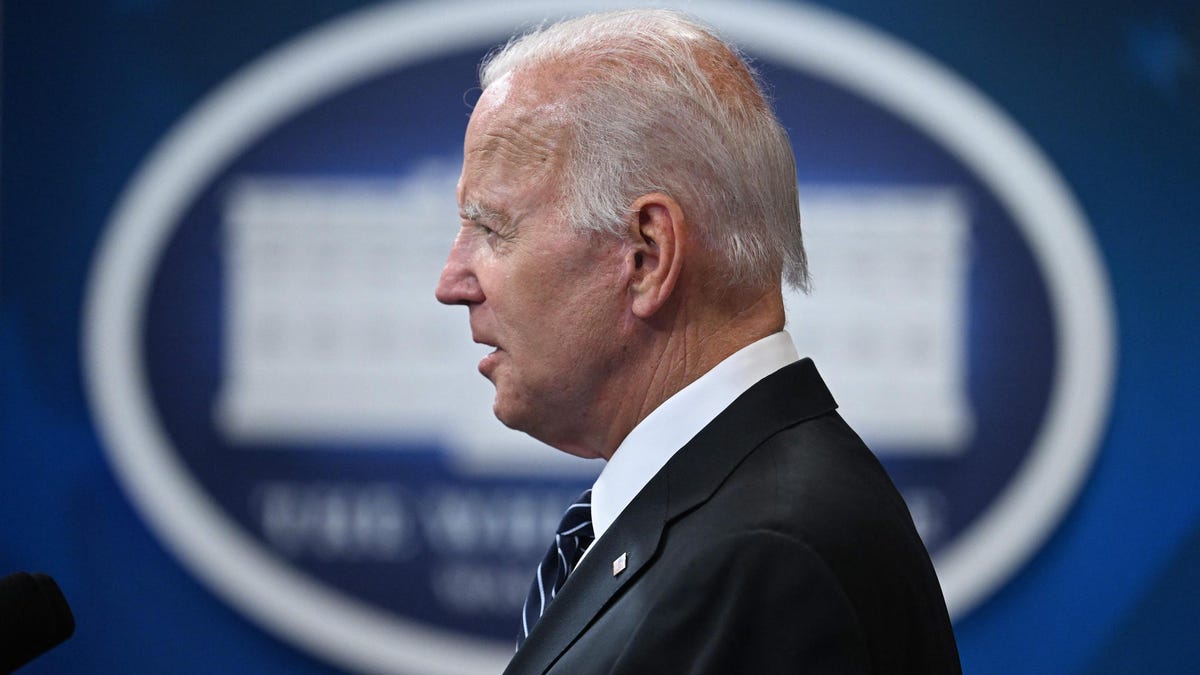When President Biden used his first veto (less than 60 days after his party no longer controlled both houses of Congress), the media reported on the event with much fanfare. That it had to do with a very narrow subject didn’t matter. But was all the chest pumping justified? Could it be that the issue was already moot even before Congress passed the joint resolution that inspired the veto?
On Wednesday, March 1, 2023, the Senate voted 50-46 to overturn the Department of Labor’s new Fiduciary Rule. This new Rule was to replace a similar Rule promulgated by the DOL under the Trump administration. At issue was the application of ESG criteria by ERISA fiduciaries to retirement plan investments.
What does ESG stand for?
“ESG stands for environmental, social, and governance,” says Andrew Poreda, VP and ESG senior research analyst at Sage Advisory Services in Austin, Texas. “ESG factors are non-financial (yet important) factors that are critical to the success of a corporation or entity.”
The concept isn’t entirely new. A similar philosophy called “Socially Responsible Investing” (“SRI”) emerged as a favorite among activists in the 1980s. It primarily targeted institutional investments in South Africa.
Going further back, religious organizations have practiced this form of exclusionary investing for quite some time. For example, it’s not unusual to see portfolios for church groups prohibit investments in “sin” stocks (alcohol, tobacco, and gambling) or stocks in the defense industry.
Why is ESG important?
If ESG is just an SRI rose by another name, why has it suddenly become the center of such controversy? In short, it’s because it’s a little hard to define, and when it’s defined, it seems to run contrary to fiduciary practices.
Lawrence (Larry) Starr, of Cornerstone Retirement, Inc./Qualified Plan Consultants in West Springfield, Massachusetts, says, “There is no way to mandate something that is so poorly defined and differs widely in application from company to company and from investor to investor.”
As one of those investors, however, it’s critical you understand how other investors view ESG for the same reason it’s important for value investors to understand how growth investors think and vice versa.
“ESG is data that can provide a more complete picture of how a company operates beyond financial analysis alone,” says Bud Sturmak, the head of impact investing and a partner at Perigon Wealth Management in New York City. “ESG analysis helps to better understand a company’s overall stability, its opportunity to create shareholder value, and its exposure to critical business risks. ESG data can help inform sound investment decisions and allow you to tailor your portfolio to reflect your personal values.”
What is the main focus of ESG?
Starr says the primary reason ESG exists is “to provide ‘socially conscious’ investors with guidance as to a company’s attention to these (not well-defined) subjects.”
Again, if you look at things from the point of view of proponents, ESG, no matter how ill-defined up close, has a sincere intention when looking at it from the 30,000-foot level.
“The main purpose of ESG investing is to reward good corporate citizenship and encourage companies to act responsibly by allocating capital to companies that share the investor’s values,” says Rob Reilly, a member of the finance faculty at the Providence College School of Business and an investment consultant at North Atlantic Investment Partners in Boston. “Environmental criteria consider how a company deals with environmental risks and natural resource management, including corporate policies addressing climate change. Social criteria evaluate how a company manages relationships with customers, suppliers, employees, and the communities where they operate. Governance deals with a company’s leadership, board of director diversity, internal controls, executive pay, audits, and shareholder rights.”
This broad objective can have multiple tactics. How do these varying approaches impact the definition of ESG?
“This depends on one’s perspective,” says Matthew Eickman, national retirement practice leader at Qualified Plan Advisors in Omaha. “At a binary level, it’s either to invest in companies in an effort to support or advance social and environmental agendas, or it’s to invest in companies whose commitment to environmental, social, and/or governance issues situates the companies to perform well in the future.”
This confusion can lead some to question the real aim of ESG.
“It is a Machiavellian and subversive attempt by ESG woke proponents to seize and control how boards of directors in America run their company on ESG goals rather than profit and loss goals,” says Terry Morgan, President of OK401k in Oklahoma City.
What did the President and Congress hope to achieve by their actions?
Given the passion ESG generates on both sides, is it any surprise that it has become a political hot potato? And when something becomes a political hot potato, you need to guard against hyperbole.
“First, it should be noted that there is a disconnect between what the bill does and what some politicians are claiming it does,” says Poreda. “The intent of Congress’s joint resolution appears to be aimed at preventing retirement plans from investing in strategies that are aimed at pushing political and ideological agenda (e.g., ESG strategies are seen as being aligned with climate activism and ‘woke’ agendas).”
Indeed, it could be that both proponents and opponents of ESG may not have read the fine print of either the Trump or Biden Rules.
In a post published in the Harvard Law School Forum, Max M. Schanzenbach (Northwestern Pritzker School of Law), and Robert H. Sitkoff (Harvard Law School) wrote, “Much of the confusion that the 2022 Biden Rule endorses ESG investing, and that the 2020 Trump Rule opposed it, traces to the original proposals for those rules. The Biden Proposal favored ESG factors by deeming them ‘often’ required by fiduciary duty. The Trump Proposal disfavored ESG factors by subjecting them to enhanced fiduciary scrutiny. However, following the notice-and-comment period, the Department significantly revised those proposals before finalization. Neither final rule singled out ESG investing for favored or disfavored treatment. The final Trump Rule did not use the term ‘ESG.’ The regulatory text of the final Biden Rule refers once to ESG investing, but only to state that ESG factors ‘may’ be ‘relevant to a risk and return analysis,’ depending ‘on the individual facts and circumstances.’ This statement is true for all investment factors, ESG or otherwise.”
Certainly, political leaders possess the legal literacy to discern this similarity. Why, then, did we have all the fireworks surrounding the Joint Resolution?
“Unfortunately, this issue has become politicized and certain politicians believed these factors were being taken into account to achieve political rather than financial goals,” says Robert Lowe, a partner (through his professional corporation) of Mitchell Silberberg & Knupp LLP in Los Angeles.
Clearly, there is no consensus on the meaning of ESG. Perhaps, given there are multiple ideas concerning the definition of “ESG,” it’s only natural that the reasons behind the various maneuverings might also be divergent.
“Different supporters of the vetoed proposal had different intents,” says Albert Feuer of the Law Offices of Albert Feuer in Forest Hills, New York. “Many supporters believe risk return analysis should be subordinated to ESG factors that are not called ESG factors, such as investing in United States fossil fuel ventures to preserve jobs in those ventures even if they have poor risk-return profiles. These same supporters criticize ESG advocates of the divestment fossil fuel investments, which the regulation prohibits absent a showing that these investments will be replaced by those with a better risk-return profile. Other supporters have little confidence in financial analysts and free markets. They believe ESG factors are inherently bad and thus fiduciaries should be prohibited from considering them absent compelling evidence that in a particular situation, such factors would improve the risk-return profile of an investment.”
Marcia S. Wagner, Esq., president/founder of The Wagner Law Group in Boston, Massachusetts, in a Forbes.com interview, said that President Biden faced pressure from his own party. Starr agrees. He says Biden had no choice but “to bow to his far-left constituency, especially since he just approved major drilling for oil in Alaska. This gives him a countervailing argument to show he hasn’t abandoned his ‘progressive’ policies completely.”
In the end, you could have easily predicted the actions by all actors in the dance between the joint resolution and the veto.
“This was a foregone conclusion,” says Eickman. “Biden knew he couldn’t appear weak on this, even if he may not view the DOL regulation as having nearly the impact as Congress had suggested with its votes.”
Read the full article here










